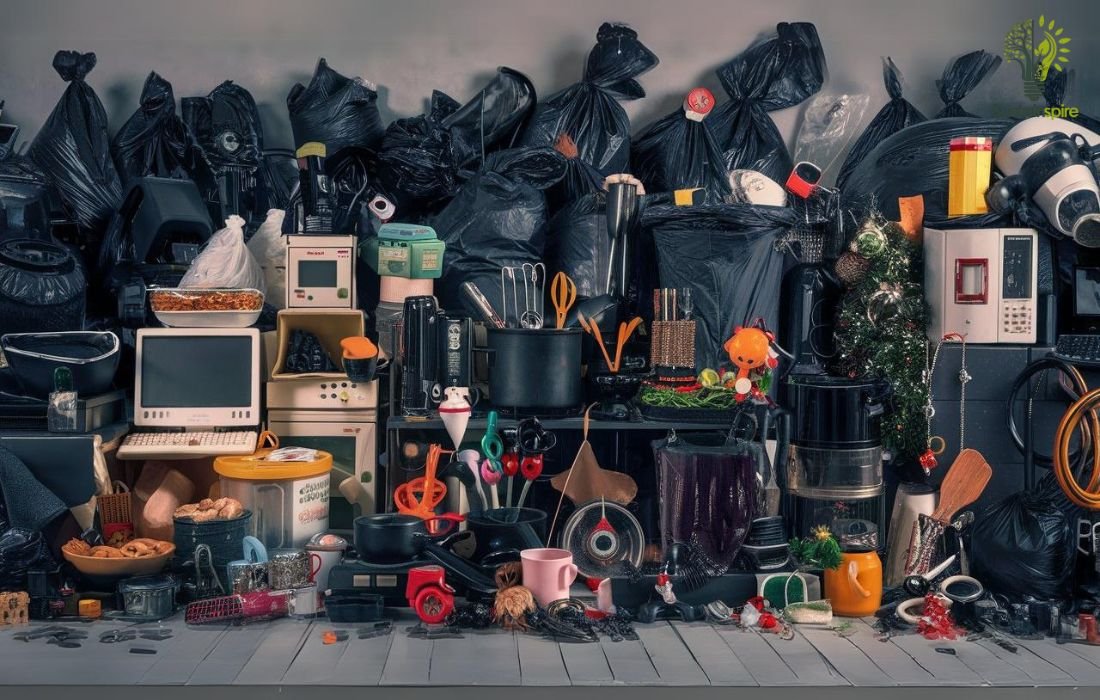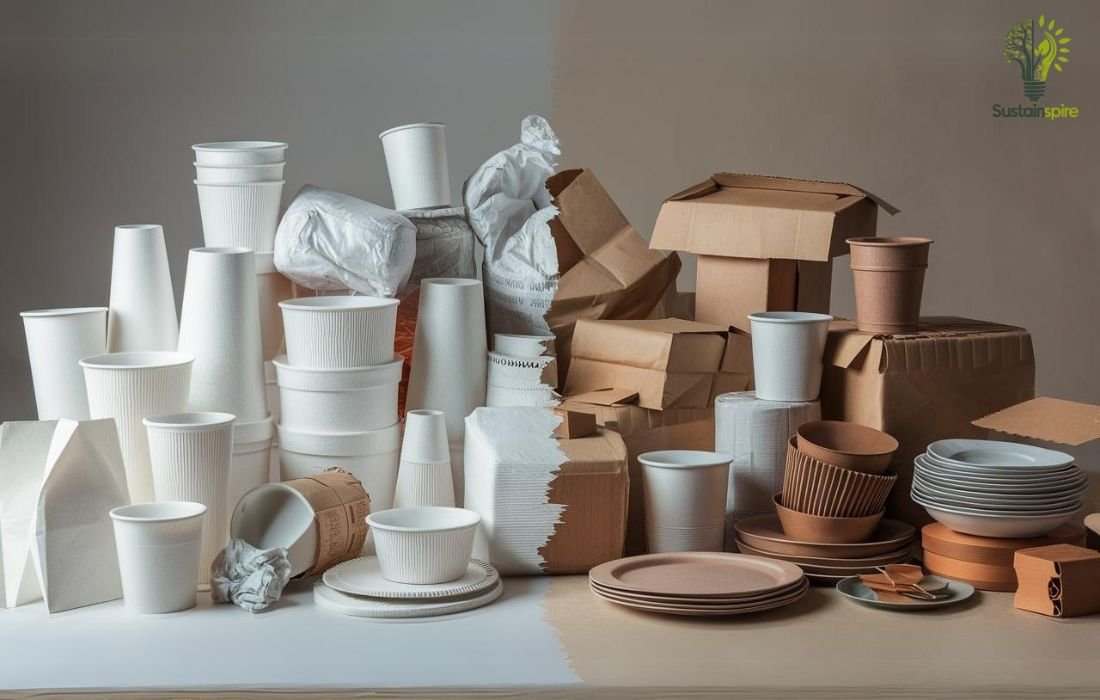Have you ever noticed how much plastic we throw away? From grocery bags to food containers, it feels like plastic is everywhere. But do you know that some plastic is much harder to recycle than others? Nowadays black plastic is a big challenge to our recycling systems and environment.
Recycling might seem simple. Just dump your plastic into the bin and you are done, right? Unfortunately, it is not that easy. Recycling plants often use lasers to sort different types of plastic. These lasers have trouble identifying black plastic because of its pigment. That pigment absorbs the light instead of reflecting it. This means it often ends up in landfills instead of being recycled.
In this article, we will learn about the problem of plastic (black) pollution. We’ll explore why it’s so difficult to recycle and discuss its impact on our planet. Most importantly, we’ll learn what we can do to handle this environmental concern. So, keep reading to get informed.
Understanding the Black Plastic Problem
This section explores the growing issue of black plastic. We’ll see how common it is in everyday products and why it’s so difficult to recycle. We’ll also examine the negative impacts this type of plastic has on the environment and our health.
What is Black Plastic?
Black plastic is a common type of plastic. It became popular in the mid-20th century and changed how we use products. We see it every day in things like trash bags, food containers, and electronics. Black plastic is chemically similar to other plastics. It’s often made from polyethylene (PE) or polypropylene (PP). A pigment called carbon black is added to give it its black color. This pigment seems harmless but makes recycling it very difficult.
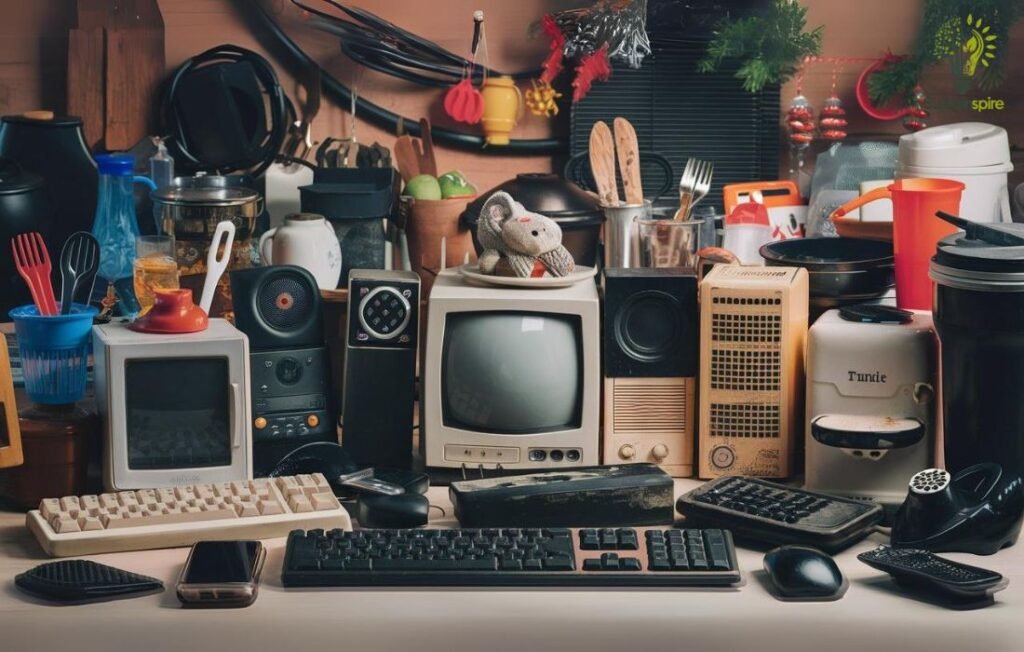
Why Is It a Problem?
The real issue with black plastic lies in its recyclability. Most recycling plants use near-infrared (NIR) technology to sort different plastics. Sadly, it absorbs the NIR light, making it invisible to these sorting systems. This often leads to black plastic ending up in landfills, where it can take hundreds of years to decompose. Sadly, a 2019 study estimated that less than 1% of it gets recycled.
We don’t know exactly how much black plastic is out there. But we know we make much more plastic now than we used to. Since 1950, we have made over 8.3 billion metric tons of plastic. A lot of this plastic ends up polluting our oceans and land. It is becoming more common, making the plastic problem even worse.
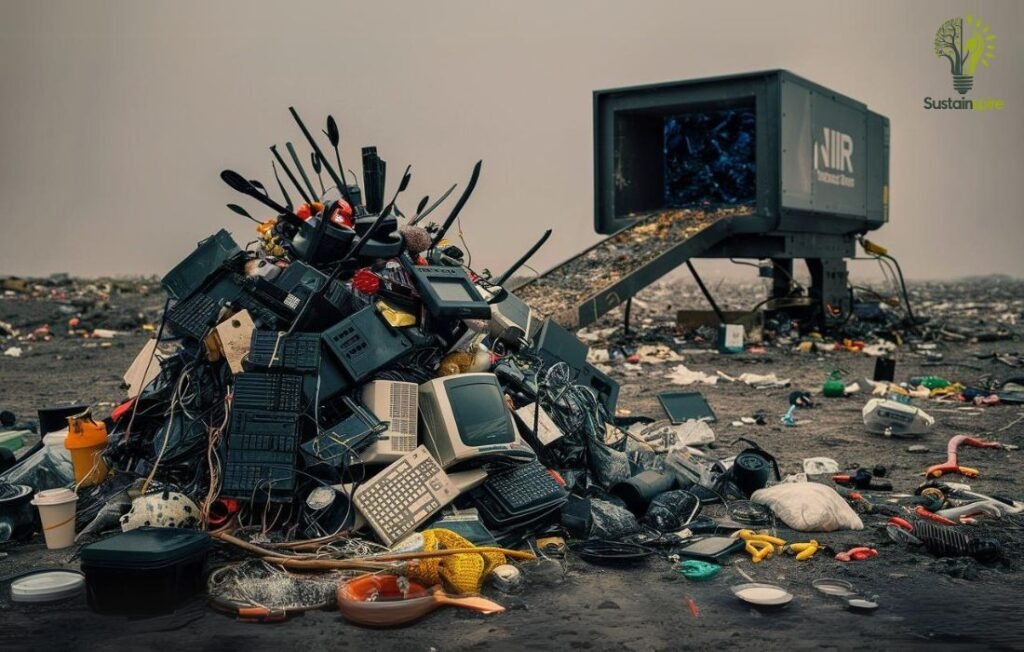
The Spread of Black Plastic: Examples From Everyday Life
Black plastic is everywhere! Think about the gadgets we use:
- Electronics: Old computers, phones, TVs, monitors, speakers, and even small appliances often contain black plastic parts.
- Household Items: Single-use utensils, coffee stirrers, hot cup lids, some cooking tools, insulated mugs, and even some jewelry can be culprits.
- Other Common Goods: Children’s toys, garden hoses, and even some holiday decorations contribute to the problem.
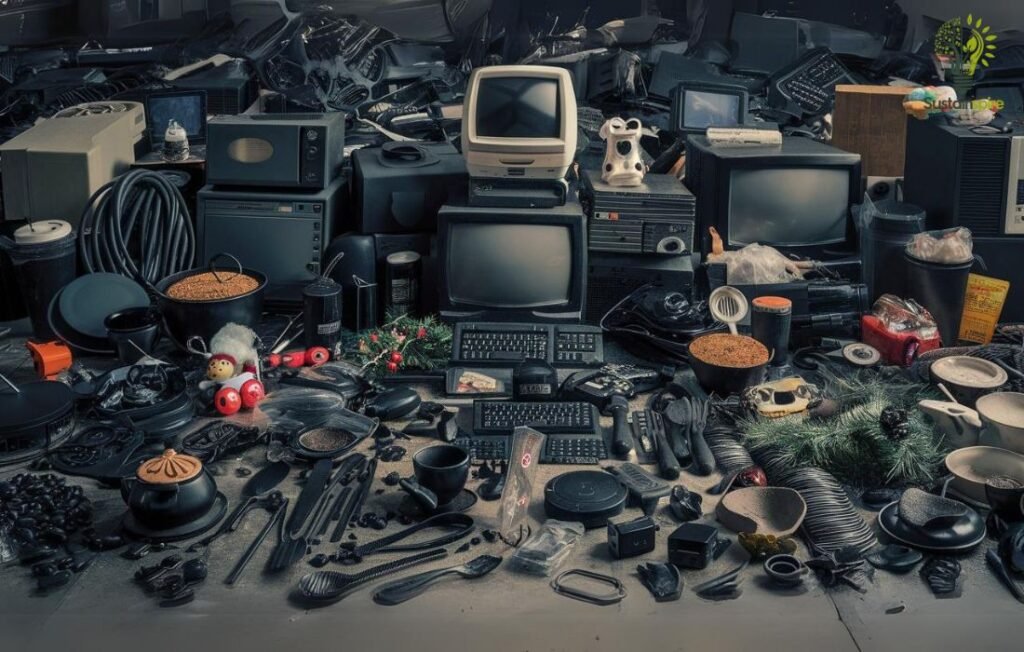
The Toxic Health Impacts:
This type of plastic is hard to recycle. It often goes to landfills or pollutes our environment. When it breaks down, it can release bad chemicals. These chemicals can get inside our bodies. Let’s learn more about these dangerous health problems.
One major concern is the presence of Bisphenol A (BPA) and phthalates. These chemicals make plastics more flexible and durable. However, studies show that BPA and phthalates are linked to a range of health problems.
- Hormonal Imbalances: BPA and phthalates can disrupt our hormones. This can lead to issues like early puberty, infertility, and even certain types of cancer.
- Cancer: Sadly, these chemicals have been linked to an increased risk of certain cancers. This can impact various organs in our bodies.
- Respiratory Problems: Some studies suggest a connection between BPA and phthalates and respiratory issues. One example is asthma, particularly in children.
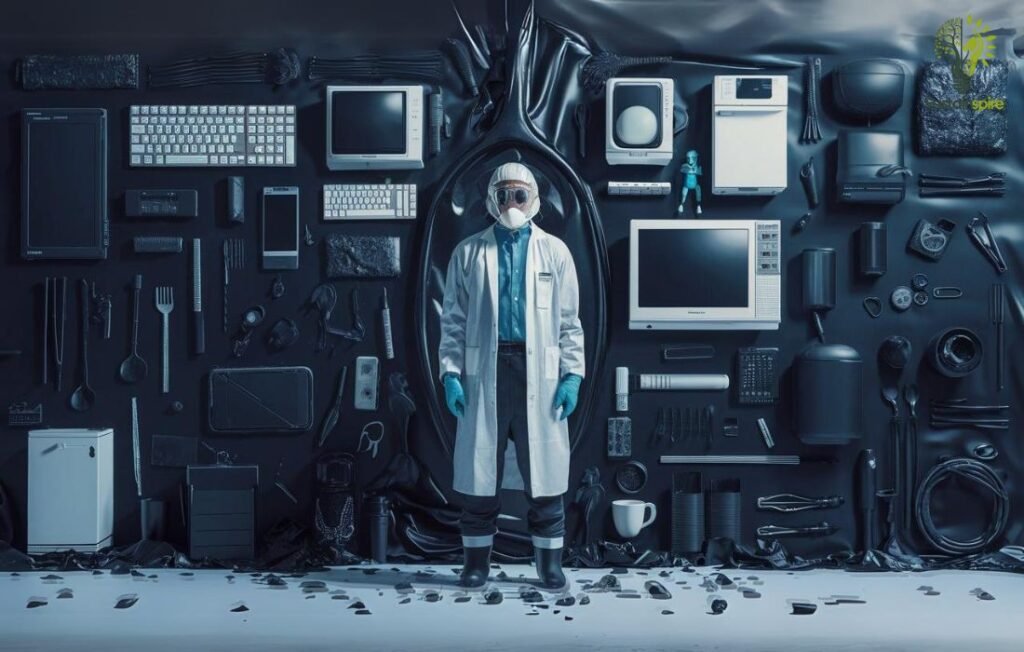
The Environmental Impact of Black Plastic Waste
This section explores the critical impact of black plastic waste. Following are some key issues:
Pollution in Our Oceans and Landfills:
Black plastic is a major contributor to the pollution crisis affecting our planet. Because it’s difficult to recycle, most of it ends up in landfills or our oceans. Experts believe that by 2050, there may be more plastic in the ocean than fish! This plastic waste doesn’t just disappear. It breaks down into tiny pieces called microplastics. These microplastics contaminate our water, soil, and even the air we breathe. Sadly, this plastic often harms wildlife. Sea turtles, for instance, frequently mistake plastic bags for jellyfish, a tragic case of mistaken identity.
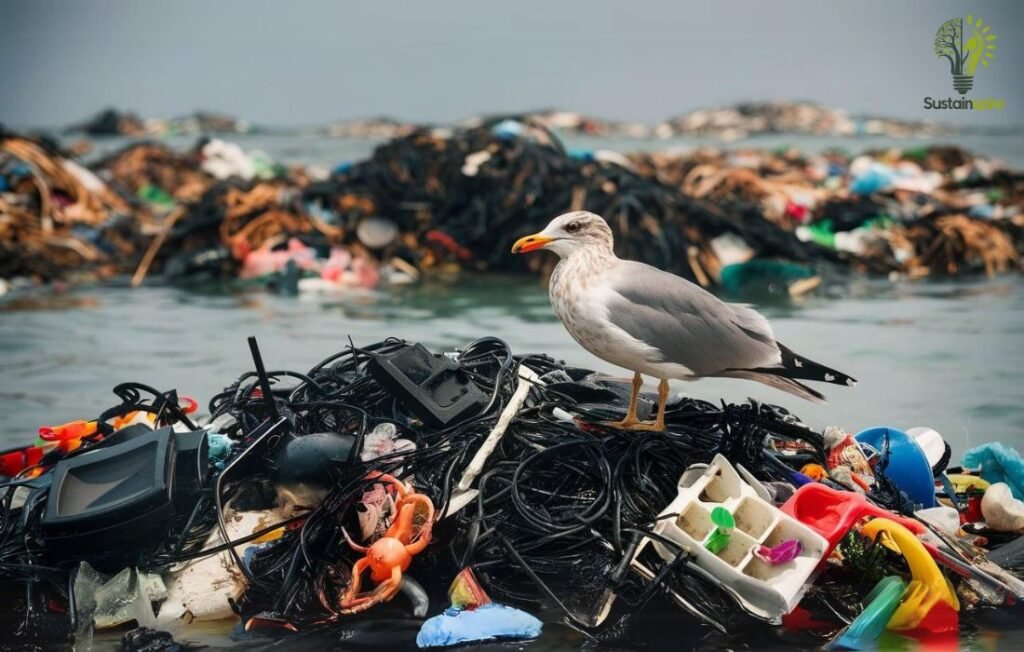
The Threat to Marine Life:
Marine animals are especially vulnerable to the dangers of black plastic. Millions of birds and marine animals die yearly from ingesting or becoming entangled in plastic waste. This plastic pollution disrupts ecosystems and threatens the delicate balance of life in our oceans.
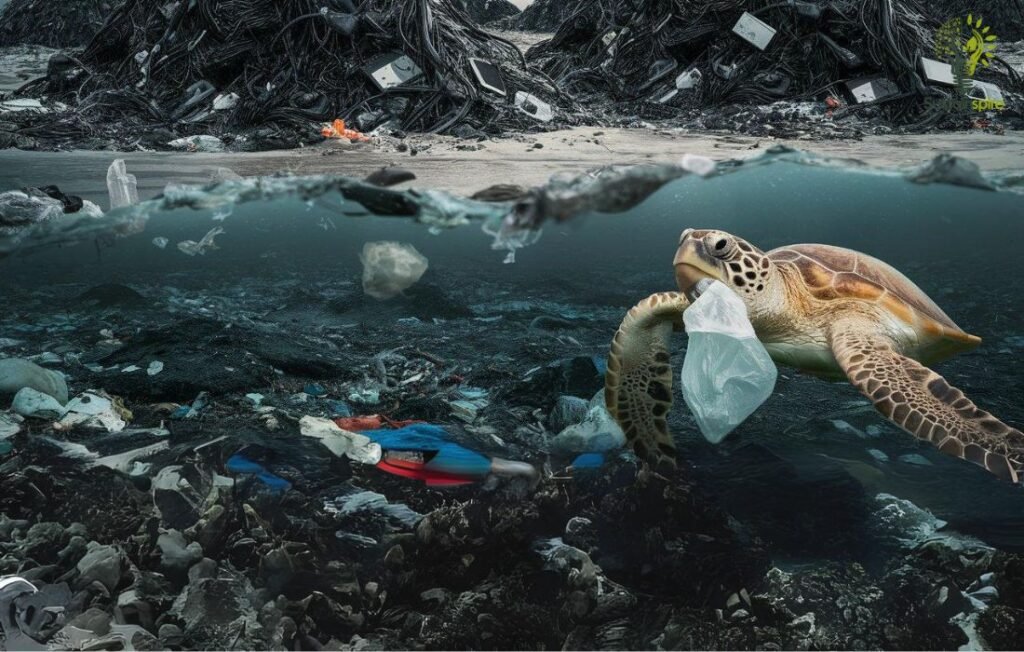
Role in Climate Change: From Production to Disposal
The production and disposal of plastic contribute significantly to greenhouse gas emissions. Creating plastic from fossil fuels releases harmful gases into the atmosphere. Additionally, when plastic sits in landfills, it releases methane, a potent greenhouse gas. This means that even after we’re done with plastic, it continues to impact our climate.
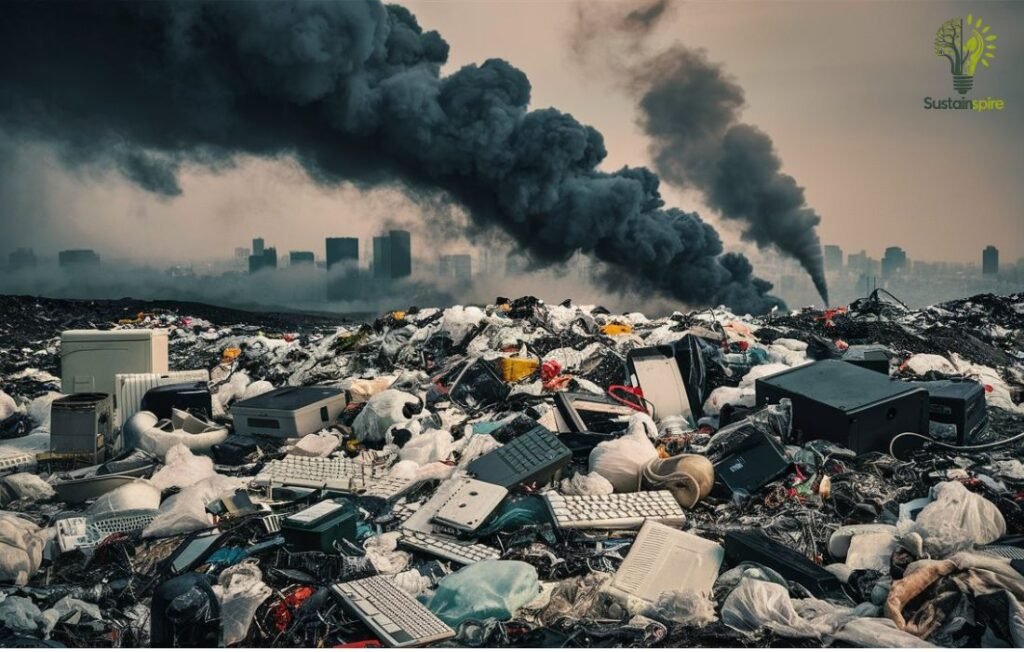
Solutions for the Black Plastic Crisis
We have seen the dark side of black plastic. It’s terrible for the environment and difficult to recycle. The good news is we have the power to fix this. Together, we can create a brighter future for our planet.
Reducing Our Reliance on Black Plastic:
One big step is using less black plastic. Many companies are switching to sustainable packaging options. For example, in 2021, Unilever promised to cut its use of virgin plastic by 50% by 2025. They’re using more recycled materials and exploring new packaging types. We, as consumers, also have a role to play. We can choose products with eco-friendly packaging and support companies moving towards sustainability.
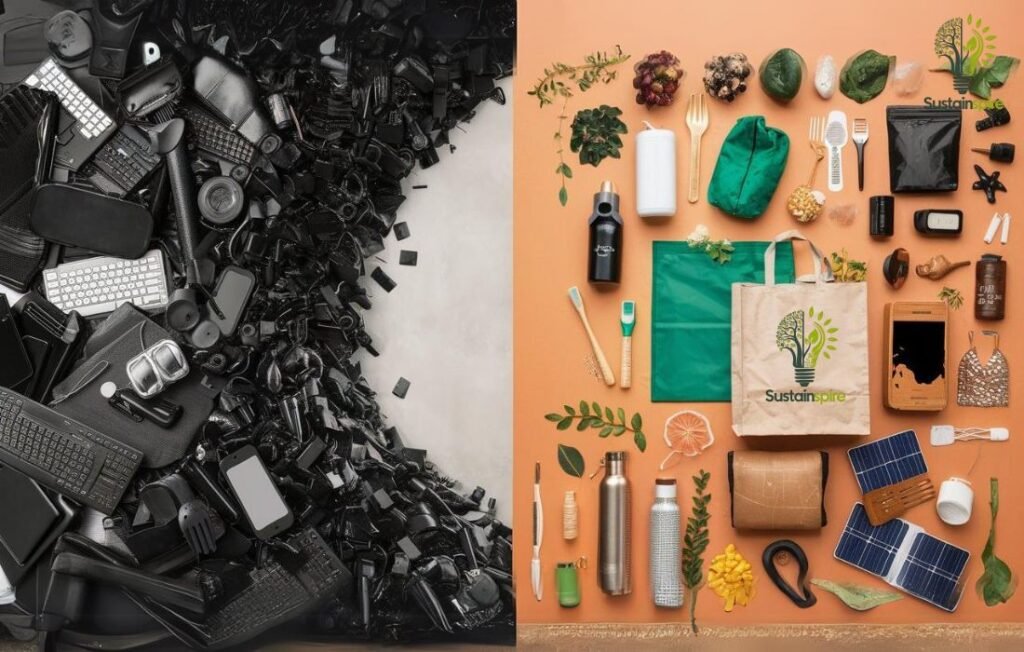
Innovations in Technologies:
New technologies are making it easier to recycle this type of plastic. Traditionally, recycling plants have had a hard time identifying and sorting black plastic. But companies like “Recycleye” are developing AI-powered systems that can quickly identify and sort different types of plastics, including black plastic. This makes recycling more efficient and cost-effective.
One exciting development comes from the University of Edinburgh, in 2021. Researchers there are working on chemically breaking down black plastic into its original building blocks. This would allow for true recycling, creating a circular economy for plastics.
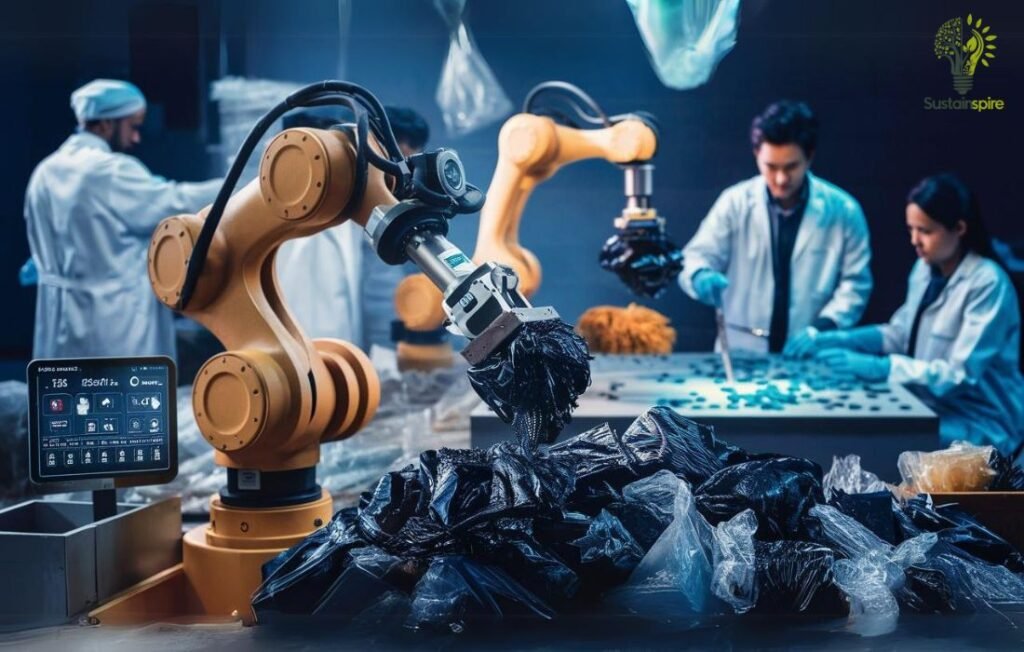
Government Regulations and Industry Initiatives
Governments and industry leaders are also taking action. In 2020, the European Union introduced a ban on several single-use plastics, including black plastic cutlery and plates. According to the Library of Congress, this was implemented around July 2021. This encourages businesses to find sustainable alternatives.
Many industry groups are also setting targets for using recycled plastics in their products. For instance, the Ellen MacArthur Foundation launched the New Plastics Economy Global Commitment in 2018. It brings together businesses and governments to create a circular economy for plastic.
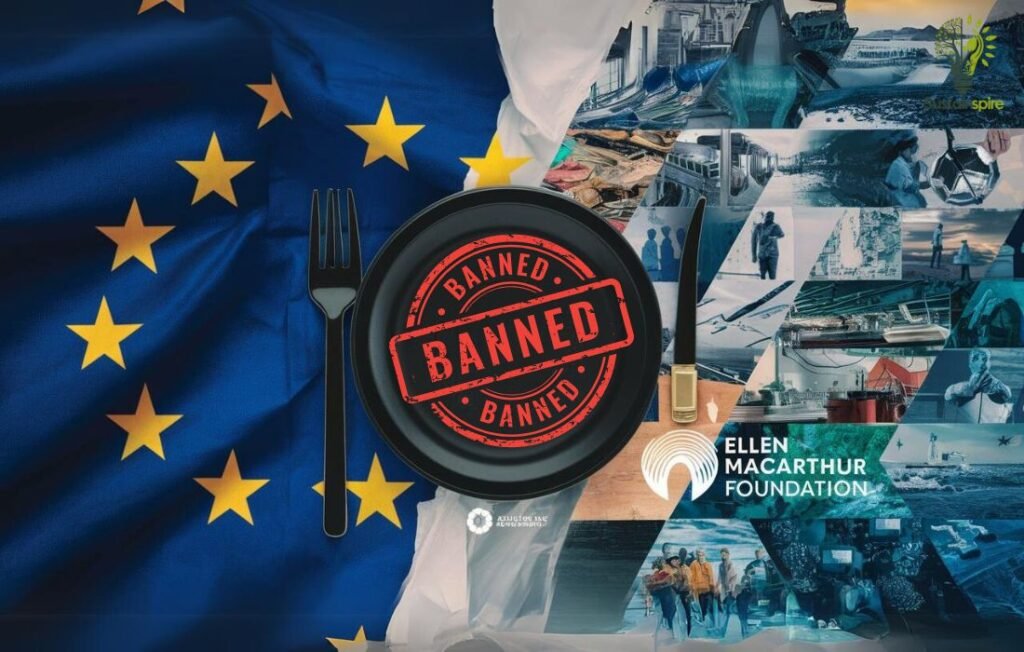
Conclusion:
In this article, we learned about the problems of black plastic. It is everywhere, in our phones, food containers, toys, etc. But this common material is hard to recycle. This means most of it ends up in places it should not be, like our land and oceans. This is bad news for animals who can get sick or hurt from eating this plastic.
The good news is that people are finding ways to fix this problem. Companies are creating new types of packaging that are easier to recycle and better for the environment. Scientists are working on new technologies to help us recycle more easily.
We can all help be part of the solution. We can choose products with less packaging and support companies trying to protect our planet. By working together, we can reduce the problems caused by black plastic and keep our Earth healthy.



